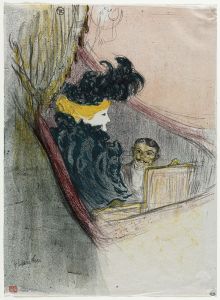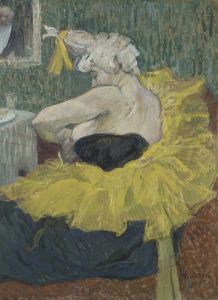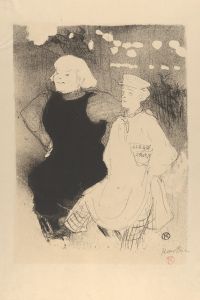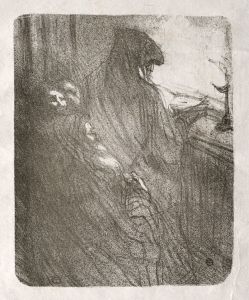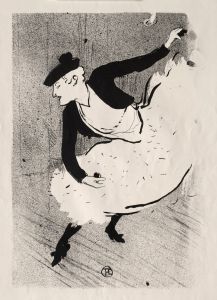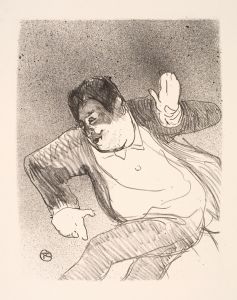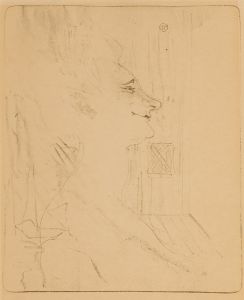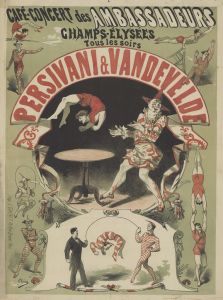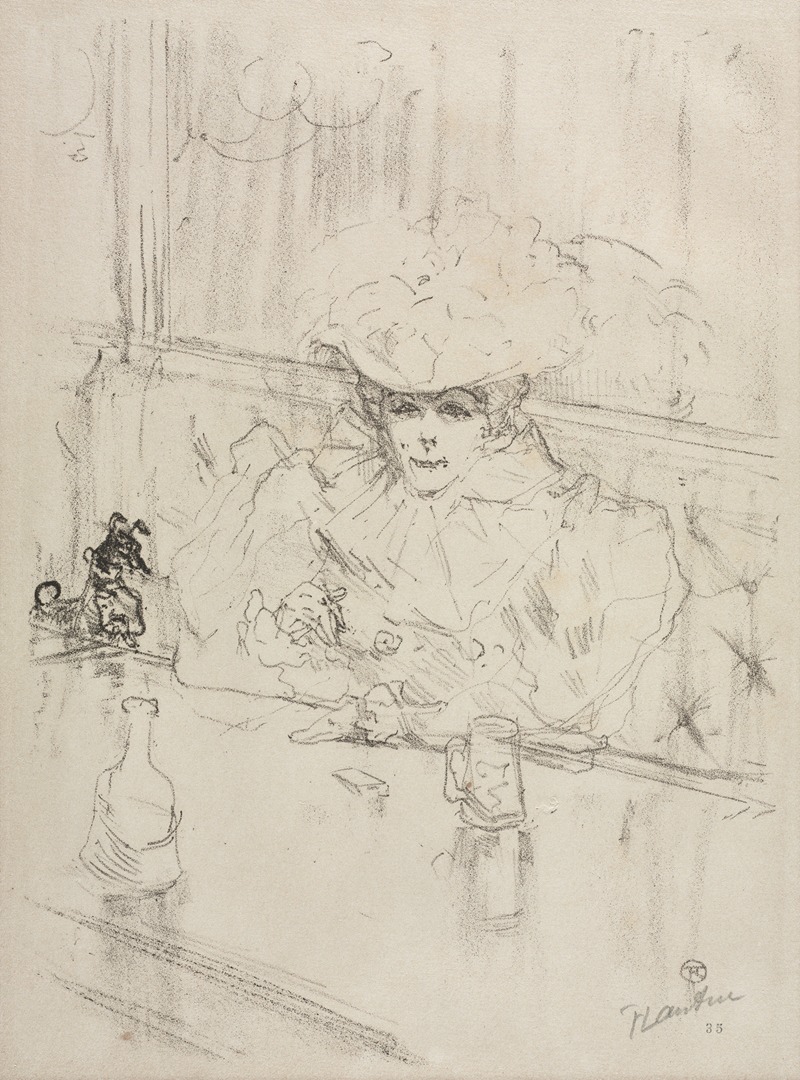
Au Hanneton
A hand-painted replica of Henri de Toulouse-Lautrec’s masterpiece Au Hanneton, meticulously crafted by professional artists to capture the true essence of the original. Each piece is created with museum-quality canvas and rare mineral pigments, carefully painted by experienced artists with delicate brushstrokes and rich, layered colors to perfectly recreate the texture of the original artwork. Unlike machine-printed reproductions, this hand-painted version brings the painting to life, infused with the artist’s emotions and skill in every stroke. Whether for personal collection or home decoration, it instantly elevates the artistic atmosphere of any space.
Henri de Toulouse-Lautrec, a prominent French painter, printmaker, and illustrator of the Post-Impressionist period, is widely celebrated for his depictions of Parisian nightlife during the late 19th century. Among his extensive body of work, the painting Au Hanneton is one of his lesser-known pieces. However, detailed information about this specific artwork is scarce, and it is not as extensively documented or studied as some of his more famous works, such as At the Moulin Rouge or his posters for the cabaret performances at the Moulin Rouge.
The title Au Hanneton translates roughly to "At the Maybug" or "At the Cockchafer," referring to a type of beetle. It is unclear whether this title refers to a specific location, event, or symbolic meaning, as no substantial historical records or analyses provide further context. Toulouse-Lautrec often drew inspiration from the vibrant social scenes of Paris, including cafés, cabarets, and brothels, and it is possible that Au Hanneton reflects one of these settings. However, without concrete evidence or scholarly consensus, any interpretation of the painting's subject matter remains speculative.
Toulouse-Lautrec's artistic style is characterized by his bold use of color, dynamic compositions, and keen observation of human behavior. His works often capture the energy and atmosphere of his subjects, blending realism with a distinctive, expressive approach. While Au Hanneton is not widely discussed in art historical literature, it is reasonable to assume that it shares some of these stylistic traits, as they are hallmarks of the artist's oeuvre.
Due to the limited availability of information on Au Hanneton, its current location, dimensions, medium, and date of creation are not definitively known. It is possible that the painting resides in a private collection or is part of a lesser-known public collection, but no verifiable details are available to confirm this.
In summary, while Henri de Toulouse-Lautrec's contributions to art are well-documented and celebrated, specific details about Au Hanneton remain elusive. Without further historical evidence or scholarly research, it is not possible to provide a comprehensive account of this artwork.





